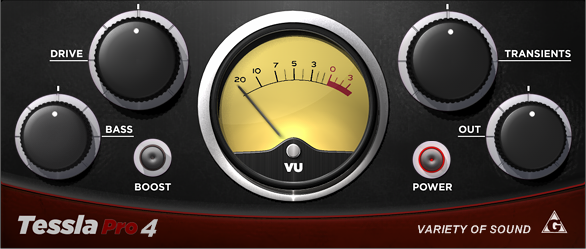virus alert
I once learned synth programming with the Virus B and still have a Virus TI. It still surprises me how well the TI has stood the test of time compared to what is available today, whether in hardware or software.
quote of the day
Don’t undertake a project unless it is manifestly important and nearly impossible.
TesslaPRO mkIV released
all the analog goodness in subtle doses
Designed for mixing and mastering engineers navigating the digital realm, TesslaPRO strikes a balance between analogue character and modern precision. By reintroducing subtle artefacts from the analogue world into the digital domain, it delicately colours sound, refines transients, and weaves depth and dimension into the stereo field to achieve the coveted cohesive sound that defines professional mixes.
Version 4 introduces a new transformer model, integrating hysteresis effects for enhanced realism. It brings simplified gain staging to ensure consistent performance across a broad range of input levels and automatic output volume compensation allowing engineers to maintain control and predictability in their audio processing workflows. The plugin has been engineered for efficiency, further enhancing the workflow without compromising system resources.
Available for Windows VST and VST3 as freeware. Download your copy here.
quote of the day
Audiophiles don’t use their equipment to listen to your music. Audiophiles use your music to listen to their equipment.
―
2024: music trends by the numbers
Rick crunches the numbers and reveals some trends according to the Billboard charts.
online documentation available
Online documentation is now available from this site. This will eventually replace the PDF files in the download packages. Not all of them are online yet, but will be available sooner or later.





Recent Comments